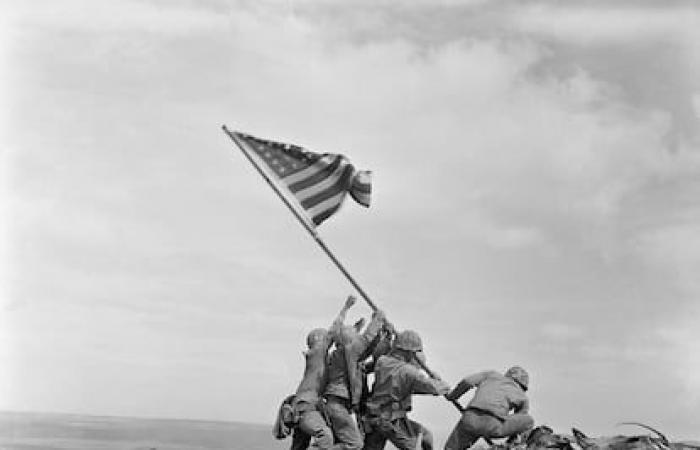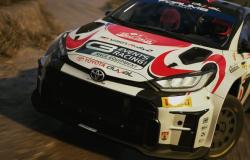
Almost two weeks he had the photojournalist Óscar Corral (Santiago de Compostela, 43 years old) covering the tragedy of the Dana in Valencia when the photo arrived, in capital letters. The “decisive moment” of which the emblematic Henri Cartier-Bresson spoke. Suddenly, ahead of their target, firefighters crossed holding a post damaged by the floods in the town of Alfafar, while life – a lord passing next to a cart full of food – made its way to all costs. He knew that the image was important at that moment, admits, although perhaps he imagined how much: the scene, which remembered that which Joe Rosenthal fell in Iwo Jima, aroused a country already anesthetized by the mud and was erected as a symbol of solidarity and common work at a time when everything was in question. “This photograph is a tribute to the public services that give the callus and throw down that the people save the town because the state was there,” says the photographer, who has taken the Ortega and Gasset award for the best photograph.
Everything was a great chance. To be in the right place at the right time, know and shoot. Corral says, in fact, that the iconic image has a lot of the “decisive moment” because it was so. Literally: “I saw the image and captured it.” And only that was worth any other: “As a very plastic photographer, I tried to correct many things, but I kept the first image because it was the one that worked, by the position of the firefighters and the need for another element: the man who passes through the right, who brings everyday life to the scene. The image was that: not a few seconds before or a few seconds later, because then he no longer had the same informative force.”
A few hours after collecting the prize, Corral returns to that November 12, when he had been kicking the towns affected by the Dana for almost two weeks and was mud to the noses – literally and figuratively. “There are common elements in the tragedy that must be used, but you cannot stay there. You have to evolve your work. There comes a time when the mud already anesthesia and you have to play with new elements to maintain public attention about work. And perhaps one of the keys to this image that this image worked is that it was played with other types of information, avoiding elements that were very handled,” he says.
Corral has been with the camera for two decades and more than 15 years linked to El País. It exercises, above all, in Galicia, but it goes and goes to touch. Friend of long coverage, to work calmly, leisurely, the photographer considers this award “an award for constancy at work, to perseverance in coverage.” But assumes that the Dana tragedy “cannot be summarized in an image.” As much as it is rewarded and that it is in the memory of the people, he says. There are elements that are not counted in that snapshot, as there are others that happen during this type of disasters and that lets pass. “There were images that I did not do because I don’t like tear), those loaded with emotion for the hardness of what is happening. They are images that I saw in front of the target and let them go,” he says with forcefulness.
The photojournalist still blushes with congratulations and recognition. But his voice does not tremble to claim the role of the profession in a world where anyone can capture life with the mobile. “The Dana is the clear example of the role of the photojournalists to report a catastrophe. If we stop to think about that tragedy today, it is likely that only four or five images are left in the memory. And those images were not taken by anonymous, but by photojournalists. Because it is not so much the quality of the media or the ease of taking a photo, but the expertise and experience of the photojournalist Honest the tragedy.





